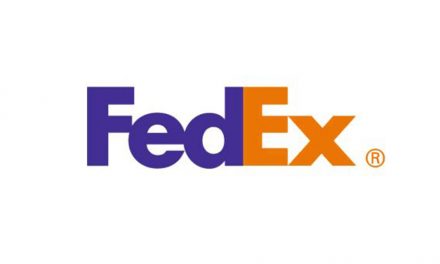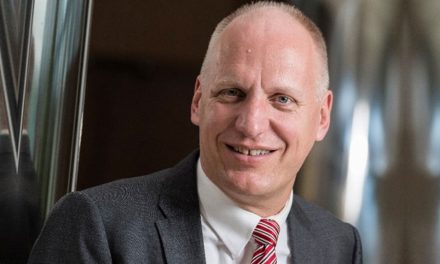
U.S. Postal Service tests new hydrogen fuel cell vehicle
In an agreement with General Motors, the Postal Service is participating in a two-year test of the fourth-generation electric vehicle in Irvine, Calif. With a fleet of 220,000 vehicles across the country, the Postal Service is in a good position to help drive the hydrogen market, if the vehicles eventually become commercially viable, said Richard Maher, a USPS spokesman in Irvine.
The ultra-quiet vehicle is a little disquieting for most drivers initially, because they wonder if it’s actually running, he said.
Roz Sell, commercial program manager for General Motors fuel cell commercialization office, says the Postal Service offers an ideal setting for testing. The agency is using the vehicle for regular mail delivery six days a week with lots of starts and stops.
It also helps promote the hydrogen fuel cell concept to the public when they see the vehicle being operated safely and effectively.
Every time the vehicle is refueled, the hydrogen pump collects data about the fuel cell and automatically sends it to General Motors engineers, who monitor the vehicle’s performance remotely, Sell said.
The most limiting factor right now is the hydrogen fuel itself. There are only two pumps in the country that offer public access, one in Washington and one near Los Angeles. “It’s been discouraging how slow energy companies have been bringing [hydrogen] online,” she said.
In an agreement with General Motors, the Postal Service is participating in a two-year test of the fourth-generation electric vehicle in Irvine, Calif. With a fleet of 220,000 vehicles across the country, the Postal Service is in a good position to help drive the hydrogen market, if the vehicles eventually become commercially viable, said Richard Maher, a USPS spokesman in Irvine.
The ultra-quiet vehicle is a little disquieting for most drivers initially, because they wonder if it’s actually running, he said.
Roz Sell, commercial program manager for General Motors fuel cell commercialization office, says the Postal Service offers an ideal setting for testing. The agency is using the vehicle for regular mail delivery six days a week with lots of starts and stops.
It also helps promote the hydrogen fuel cell concept to the public when they see the vehicle being operated safely and effectively.
Every time the vehicle is refueled, the hydrogen pump collects data about the fuel cell and automatically sends it to General Motors engineers, who monitor the vehicle’s performance remotely, Sell said.
The most limiting factor right now is the hydrogen fuel itself. There are only two pumps in the country that offer public access, one in Washington and one near Los Angeles. “It’s been discouraging how slow energy companies have been bringing [hydrogen] online,” she said.












